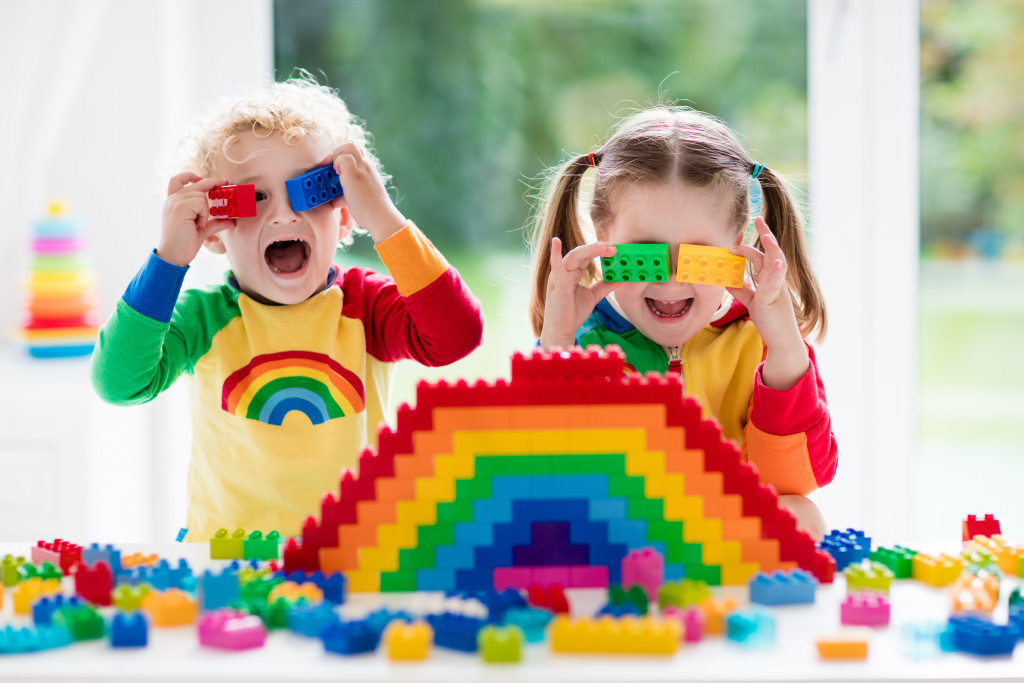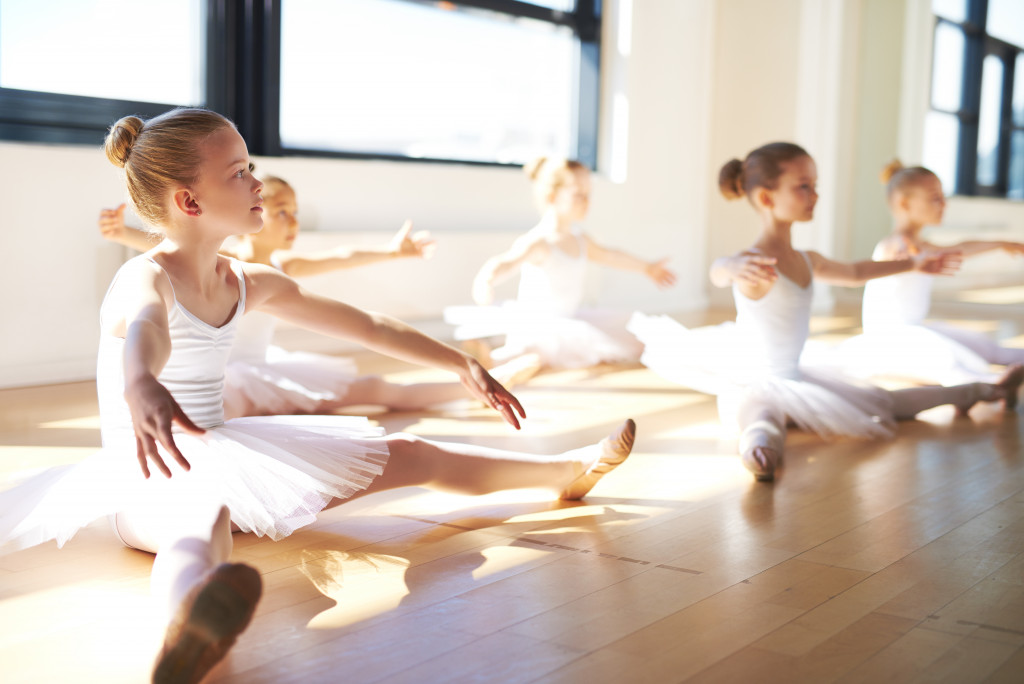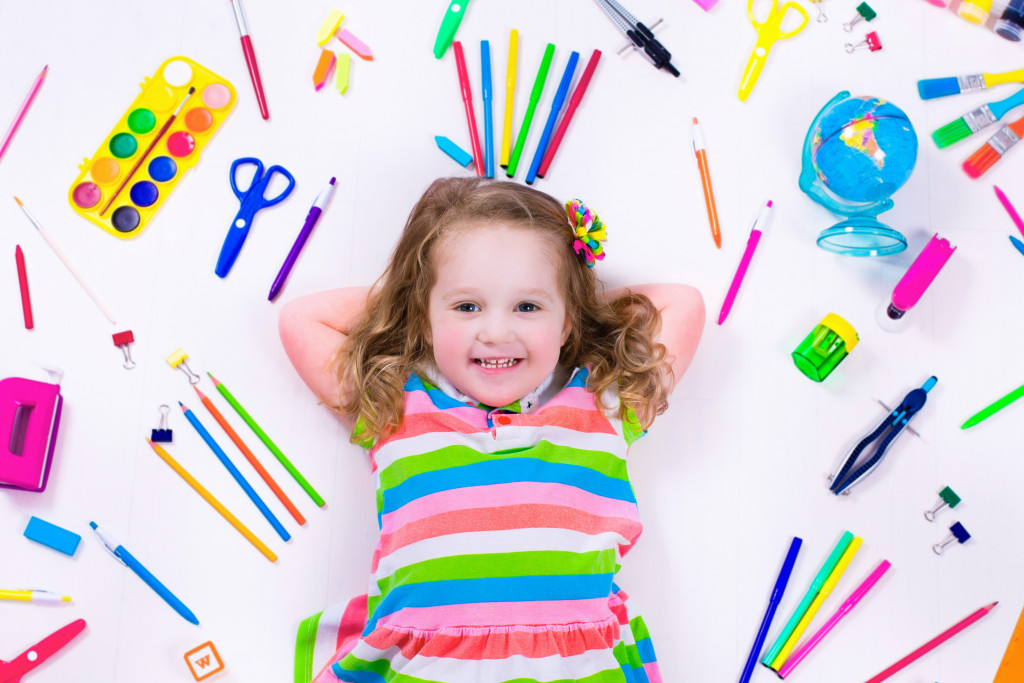- Encourage creativity in children by creating a supportive environment that includes adequate lighting and room for movement and exploration.
- Designate a dedicated creative space at home or in the classroom to foster creative growth and concentration.
- Provide access to various art supplies, materials, and resources to help children experiment with different mediums.
- Empower kids to explore without fear of judgment and focus on the joy of creating rather than the end product.
- Celebrate effort and personal growth in their artistic endeavors to motivate continuous improvement and innovation.
Nurturing creativity in children is a vital aspect of their development and growth. Giving young children the opportunity to express their creativity helps build their self-esteem, confidence, and independence.
Creativity fosters emotional development, a love of learning, and problem-solving skills. As parents or caregivers, creating an environment and providing tools that encourage creativity goes a long way toward making little artists.
Encouraging and nurturing creative growth in children is essential because it helps them develop transferable skills that can be used across different subjects, hobbies, and career options.
In addition, creativity helps to develop critical thinking, problem-solving, self-expression, and resilience. When children learn to harness their imaginative and artistic abilities, they become better able to create and innovate.
Creating a Supportive Environment
Creating a supportive environment is essential for nurturing the creativity of children. A clueless and messy workspace can distract from the creation process, making it hard to focus.
Consider lighting and the workspace layout to create an environment that supports creativity. Ensure adequate lighting and arrange the workspace for insufficient movement and space to complete tasks.
Setting up a Dedicated Creative Space at Home or in the Classroom
Providing a designated space for creativity helps foster a child’s creative growth. A dedicated creative space helps create a boundary, promoting concentration and encouraging kids to focus on their creativity.
Designing this space at home and in the classroom should be a fun and engaging activity that the child is part of, so they can be excited about their room.
Providing Access to a Variety of Art Supplies and Materials
To encourage some level of experimentation, it’s essential to provide access to a variety of art supplies and materials. Materials like paint, construction paper, glue, musical instruments, and other craft and art supplies offer opportunities for creative expression.
Encouraging Exploration and Experimentation Without Fear of Judgment
Encouraging children to experiment and explore without fear of being judged hinders their creativity. As parents or caregivers, creating an environment where children feel comfortable exploring different ideas or trying out other art materials is essential. This culture helps children feel less inhibited and more inspired.

Emphasizing Process Over Product
Focusing on the joy of creating rather than the end product is essential to fostering creativity. It is vital to communicate to children that their creativity is valid regardless of the final product.
It is more important to note that the child has explored and experimented than focusing on the final creative result.
Focusing on the Joy of Creating Rather Than the End Result
Motivating children to embrace the process rather than the final result is essential for a child’s artistic journey. Celebrate every success and offer constructive criticism to help improve their creativity journey.
Celebrating Effort and Personal Growth in Artistic Endeavors
Celebrating effort and personal growth in children’s artistic journey is essential. This encouragement motivates them to continue to build on their creativity and innovative skills. Encourage children to learn from mistakes and give them room to be creative and imaginative.
Training and Activities for Creative Exploration
You can help your child explore their creative side in many ways. Here are some fun and interactive activities your kids can try:
Dance Camp
Dancing is a great way to get kids moving and improve their flexibility and coordination. It also helps foster creativity, as children have the opportunity to express themselves through dance. Consider enrolling your child in an interactive dance camp to provide a fun and supportive environment to explore their dancing skills.
Moreover, this allows children to communicate and convey emotions through movement. Participating in an interactive dance camp encourages children to explore their bodies, express themselves freely, and develop their unique movement style. This process of physical expression enhances their creativity and encourages them to think outside the box.
Music Lessons
Music can be soothing, nurturing, and energizing all at once.
By taking music lessons, your child can learn how to play instruments, sing, and compose songs while having fun and exploring the different genres of music. Music can also have a therapeutic effect on children and help to improve their memory and cognitive function.
Theater Workshops
Theater workshops provide a collaborative environment for children to explore their theatrical skills, from acting and directing to costume designing and set building.
These enriching activities allow children to learn how to work with others, express themselves creatively, and build confidence and self-esteem.
Visual Arts Classes
Visual art classes help children uncover and explore their creative sides by working with different materials and mediums, including painting, drawing, sculpting, and collage.
Children can learn to create beautiful pieces of art they can be proud of while building their fine motor skills and hand-eye coordination.

In conclusion, creative expression is a vital part of a child’s development. Nurturing creativity in kids can help them unlock their talents and potential while simultaneously developing essential transferable skills.
Encouraging children to explore, experiment, and create freely without fear of judgment is crucial in their artistic journey. By providing a supportive environment, access to various art supplies, and celebrating effort and personal growth, you can help inspire the next generation of little artists.




